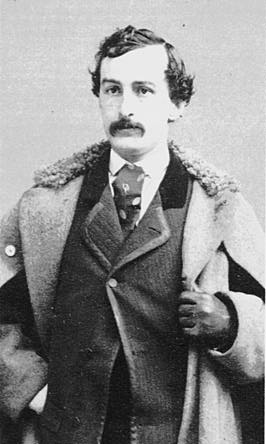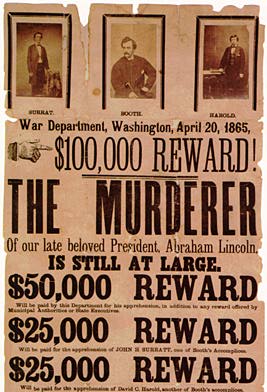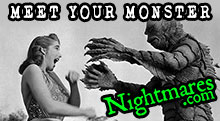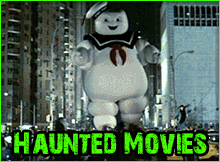According to John Cottrell, author of "Anatomy of an Assassination: The Murder of Abraham Lincoln," "It would seem that John Wilkes Booth first resolved to kidnap Lincoln at the time of his re-election. But his fanatical hatred of the President had smoldered and flamed for years before, at least since Lincoln's first election in 1860 and his proclaimed intent to maintain the Union. Now, possibly with a deep sense of guilt, since he had never risked his life for the Southern cause, he was set on his plan. Booth spent four thousand dollars of his own money,
in the first three months of 1865, attempting to set up the kidnapping
of Lincoln. Some of his co-conspirators included Michael O' Laughlin
(27), and Sam Arnold (28), both former school friends. Other conspirators
included: John Harrison Surratt; David E. Herold (23); George A.
Atzerodt (29); and Lewis Thornton Powell (20), AKA Lewis Paine. |
Conspiracy meetings were held at Surratt's mother's
boarding house. After several attempts to kidnap Lincoln failed
because the uncooperative president failed to show up where and
when expected, the kidnapping plan eventually evolved into a murder
plot.
While a list of unnamed conspirators certainly
doesn't prove anything, a signature in the magazine, originally
made in "invisible ink," was brought to visibility by
subjecting a discolored spot in the magazine with ultra-short wavelength
ultra-violet radiation. The signature, "L.C. Baker," taken
to a Philadelphia handwriting expert in the early 60s, was declared
genuine!
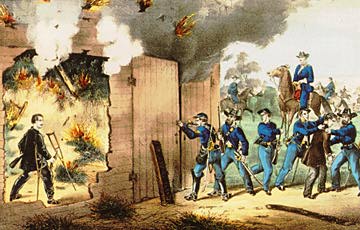 |
|---|
Lincoln CoverUp Content Copyright © 1996 to by The Web Network Inc
Ballcaps.com * HauntedHouses.com * Nightmares.com * ReceptionMansion.com * Receptions.com *
